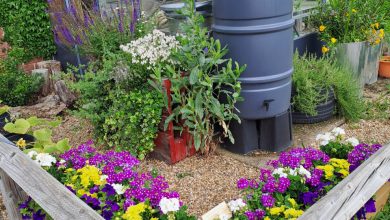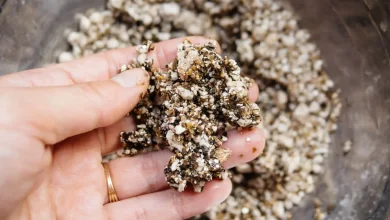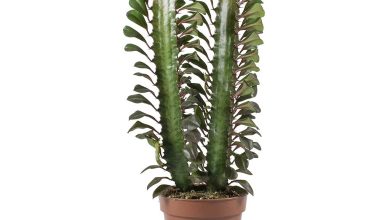Stevia: [Planting, Care, Irrigation, Substrate and Pests]
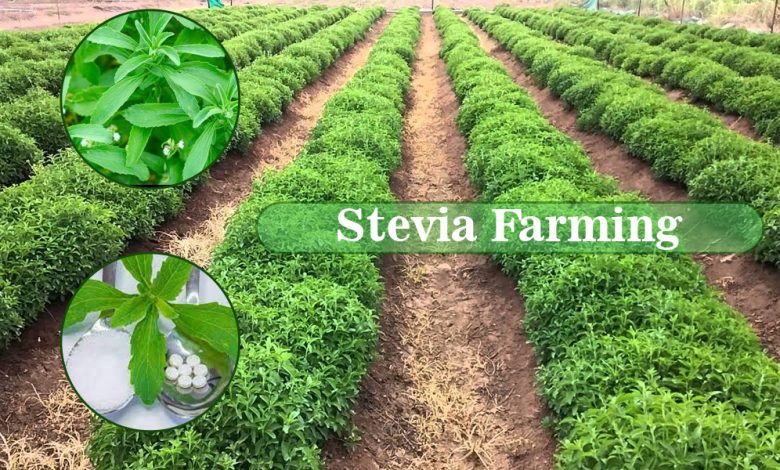
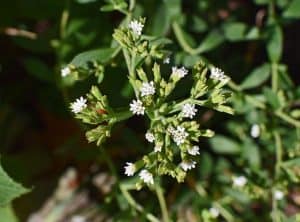 If you are looking for a natural sweetener, the time has come to start growing stevia because you will not find a better option.
If you are looking for a natural sweetener, the time has come to start growing stevia because you will not find a better option.
Stevia or stevia (Stevia rebaudiana) in addition to sweetening, can also be consumed fresh and even made infusions for the afternoon.
It can be considered as a medicinal and edible plant (although as always we recommend this under the supervision of a health professional).
What do you think? Well, that’s how it is and the best thing is that you only need a pot, so let’s get down to it?
Important points when planting Stevia
- When? The seedbeds can be made throughout the year, but they prosper more quickly in summer.
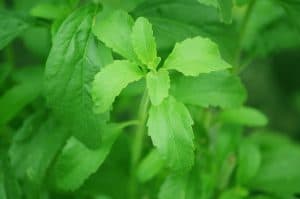
- Where? In pots or fertile soil with neutral pH, good drainage and moisture, and access to sufficient sunlight.
- How do we prepare the land? With earthworm humus to offer a higher level of organic matter.
- How should we water? By drip or spray.
- How often do you have to water? When it is growing, almost every day. After big, when the land begins to look dry.
- What pests and diseases do they have? The two main ones are rot and ants.
What is stevia?
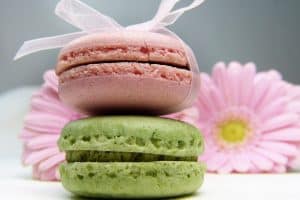 Stevia is a compound type herbaceous plant, and one of its main characteristics is that it has shallow roots.
Stevia is a compound type herbaceous plant, and one of its main characteristics is that it has shallow roots.
This condition is quite useful when you want to grow stevia in a pot and place it on the terrace, leaving the garden for other larger plants.
It has a bright green color, elongated leaves and produces white flowers that are very striking as a decoration.
Stevia rebaudiana can be legally grown in many countries, however some restrict its use as a sweetener.
Where should we plant stevia?
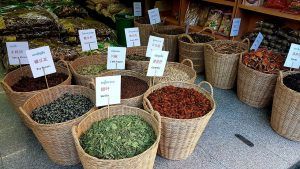 Stevia is characterized by shallow roots and grows on the surface of the soil, so it can be kept in pots or in the ground.
Stevia is characterized by shallow roots and grows on the surface of the soil, so it can be kept in pots or in the ground.
The most important thing is to know that you need the soil to be very loose, with a sandy texture, with sufficient drainage but to maintain moisture.
Another important fact when selecting the place is that they have a constant temperature of around 20º C. Being evergreen, it will need to maintain similar conditions almost all the time of its cultivation.
As for the pH of the soil, it can be fine in neutral conditions or slightly acidic.
They also need a good amount of sunlight, but better if they are protected from gusts of wind.
When should stevia be grown?
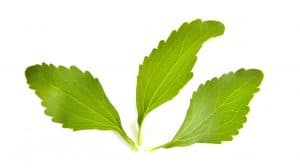 If it is going to be done through seedbeds, it can be at any time. In case of transplanting, it is better to do it in summer.
If it is going to be done through seedbeds, it can be at any time. In case of transplanting, it is better to do it in summer.
The idea is not to subject the roots to the low temperatures that exist in winter.
Also, stevia tends to grow much faster during the summer because it is comfortable with the temperature. Either way, it could be done in the spring, checking the outside temperature.
In case it is very cold, they can be stored inside the house if they are in pots, which is the most recommended for their easy transport.
How do we prepare the land?
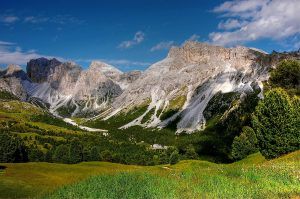 The preparation of the land must go through offering it good support and some nutrients.
The preparation of the land must go through offering it good support and some nutrients.
In the event that a substrate is to be prepared in a pot, the most advisable thing is that it has sand, earth and earthworm humus.
The disposition of each layer will be sand, then earth, humus and finally one more layer of earth.
When planting in the ground, it is advisable to add a little earthworm humus days before to improve the organic matter content.
How to grow stevia step by step?
Stevia has the good property of allowing it to be planted both by seed and by cuttings.
sowing by seed
Stevia seeds are quite small and do not need much depth to thrive.
The work for those who decide on this method will be:
- Have a seedbed with an adequate amount of potting soil.
- Place the stevia seeds at a rate of three per seedbed.
- Cover the seeds with some substrate that is light.
- Moisten so that the substrate adheres to the seedbed and gives good support to the seed.
- Wait until the seeds begin to germinate and always allow only one seedling to grow in each space.
- When they already have their own leaves and the temperatures are not so low, they can be transplanted into pots or into the ground.
by cuttings
Planting stevia by cuttings is more recommended for those who do not have much experience in the area because it is a faster and easier method.
In addition to that, it should be noted that there are several types of stevia and that if you want to obtain the version that is sweet, taking a cutting from an existing plant is best.
Now, the work will be as follows:
- Place natural peat moss with fertilizer in the pot.
- You will obtain the cutting by cutting the end of a stem, cleaning the leaves that are closest to the base.
- It is necessary that the peat is very moist and it is necessary to ensure that the cutting can reach this humidity when buried.
- You will have to place this pot in a place with non-direct sunlight, without wind currents and ensuring daily watering.
- We will say that the plant is ready when it is noticed that it is more straight and with a leaf created by itself.
What care does stevia need?
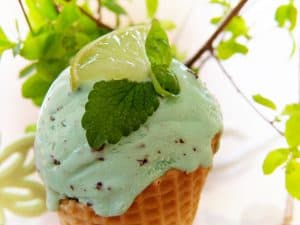 To determine the care of stevia, it will be necessary to look at the temperature, the sun, the irrigation and the harvest. In the case of temperature, it feels more comfortable in a range of 20 to 25º C.
To determine the care of stevia, it will be necessary to look at the temperature, the sun, the irrigation and the harvest. In the case of temperature, it feels more comfortable in a range of 20 to 25º C.
The light must meet a minimum of six hours a day. Watering is essential at first, but later it will only be necessary when the soil is dry.
The harvest, finally, can be done after a month of sowing, taking care not to hurt the stems.
What pests and diseases does it have?
The main cause that could affect stevia is rotting due to excess moisture.
Ants also represent a serious threat to its proper development, so it must be kept protected at all times.
Stevia is an ideal plant to have in your personal garden because it has very beautiful and, at the same time, useful leaves.
In fact, it is highly recommended for people suffering from health problems like diabetes.

![Photo of Boletus Edulis: [Characteristics, Cultivation, Harvesting]](https://www.complete-gardening.com/wp-content/uploads/2021/06/boletus_edulis_1601461386-390x220.jpg)
